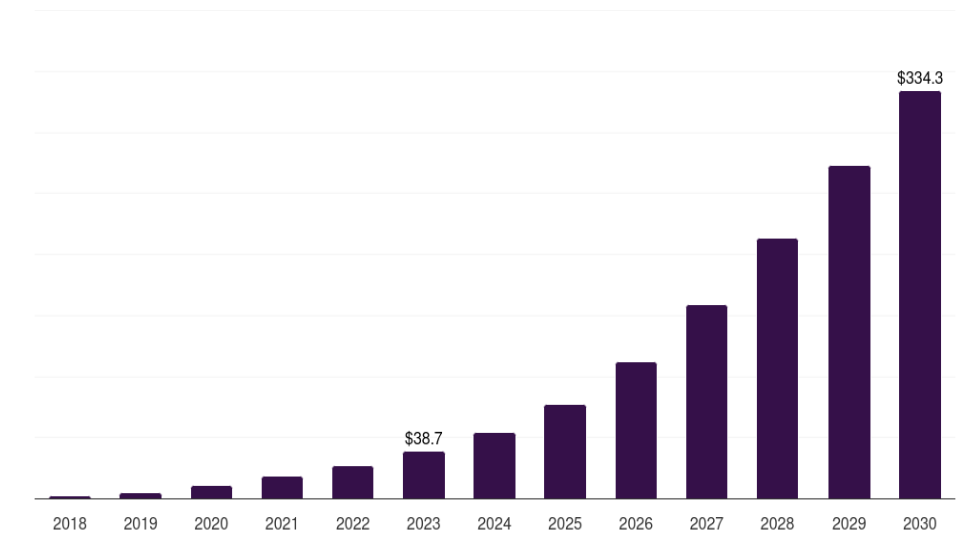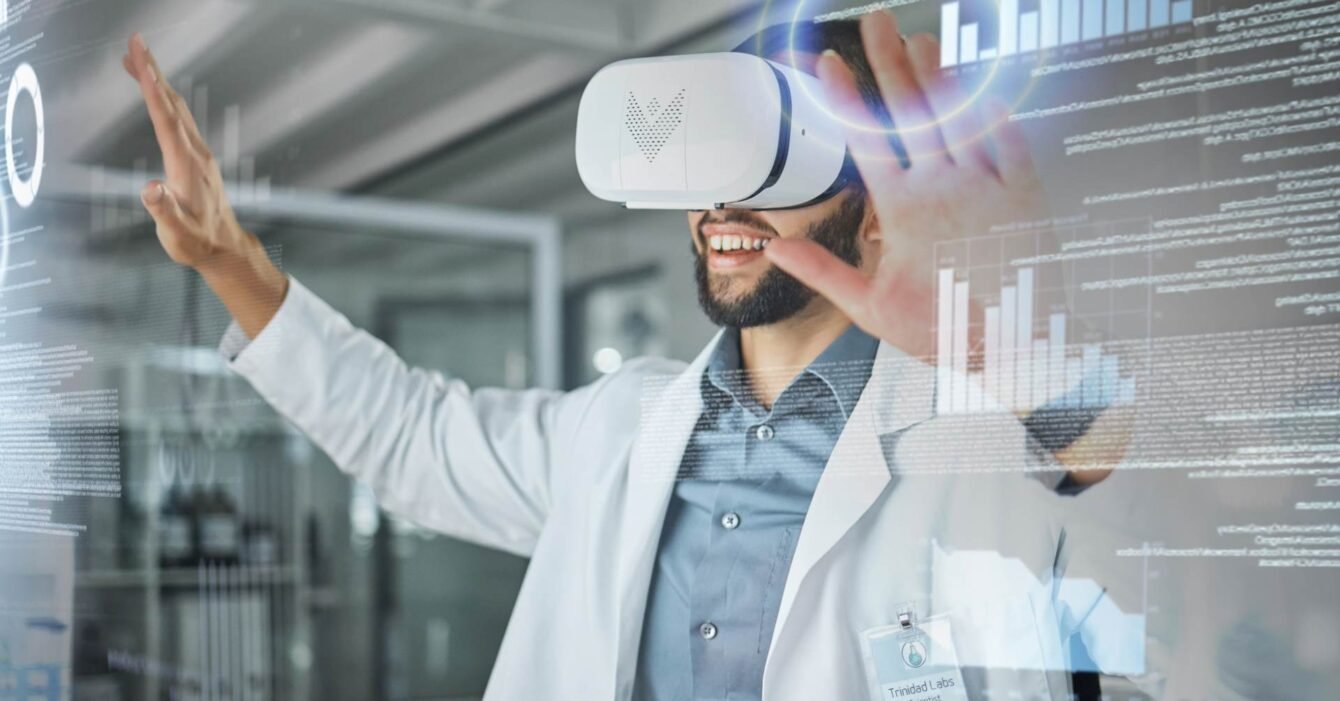Virtual Reality Revolutionizing Healthcare Treatments in Saudi Arabia
In recent years, virtual reality (VR) has transformed from a futuristic concept into a tangible technology that is revolutionizing various sectors, including healthcare. In Saudi Arabia, the adoption of virtual reality in healthcare is gaining significant momentum, with the market generating a revenue of USD 38.7 million in 2023 and projected to soar to USD 334.3 million by 2030. This remarkable growth, driven by a compound annual growth rate (CAGR) of 36.1% from 2024 to 2030, highlights the profound impact VR is poised to have on the country’s healthcare landscape.

Surgical Training
One of the most promising applications of virtual reality in healthcare is in the realm of surgical training. Surgeons and medical students in Saudi Arabia are leveraging VR to hone their skills in a safe, controlled environment. With the help of head-mounted displays (HMDs), they can simulate intricate surgical procedures, practice complex techniques, and refine their skills without the risks associated with traditional hands-on training. This immersive training approach not only enhances the proficiency of healthcare professionals but also ensures better patient outcomes.
Patient Treatment
Virtual reality is also making significant strides in patient treatment. By creating immersive environments, VR is being used to manage pain, reduce anxiety, and even treat phobias. For instance, patients undergoing painful procedures can be transported to a calming virtual beach or a serene forest, effectively distracting them from their discomfort. Similarly, VR therapy is being employed to help individuals overcome post-traumatic stress disorder (PTSD) and other mental health conditions by gradually exposing them to virtual scenarios that trigger their symptoms in a controlled manner.
Rehabilitation
Rehabilitation is another area where virtual reality is proving to be a game-changer. In Saudi Arabia, patients recovering from strokes, injuries, or surgeries are benefiting from VR-based rehabilitation programs. Gesture-Tracking Devices (GTDs) are particularly effective in this regard, as they allow patients to engage in interactive exercises that promote physical recovery. These exercises can be tailored to each patient’s specific needs, providing a personalized rehabilitation experience that accelerates their progress and improves overall outcomes.
Market Segmentation and Key Players
The Saudi Arabia virtual reality in healthcare market is segmented into head-mounted displays (HMDs), gesture-tracking devices (GTDs), and projectors & display walls (PDWs). Among these, HMDs emerged as the largest revenue-generating device in 2023, while GTDs are expected to be the most lucrative segment, registering the fastest growth during the forecast period.
Several key players are driving the growth of the VR healthcare market in Saudi Arabia, including HTC Corp, Koninklijke Philips NV, Samsung Electronics Co Ltd, CAE Inc, EON Reality, Sony Group Corp, Siemens Healthineers AG ADR, and WorldViz. These companies are at the forefront of developing innovative VR solutions that are transforming healthcare delivery in the region.
Also Read: 5 Leading Digital Health Solutions Revolutionizing Saudi Healthcare
Conclusion
As the fastest-growing regional market in the Middle East & Africa, Saudi Arabia is poised to lead the way in integrating virtual reality into healthcare. With applications ranging from surgical training to patient treatment and rehabilitation, VR is set to revolutionize the country’s healthcare landscape, ultimately improving patient outcomes and enhancing the overall quality of care.




